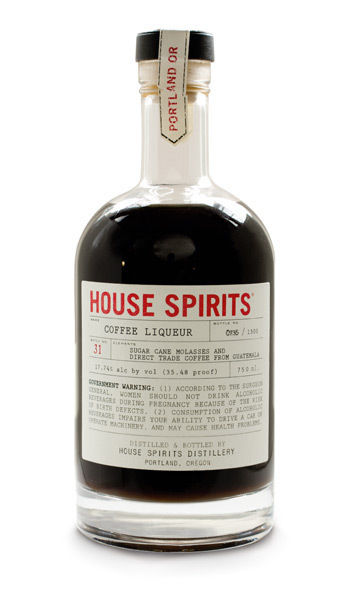Alcohol Ban Plan Banished

Image: Michael Novak
After two plus years worth of data gathering and research, the Oregon Liquor Control Commission (OLCC) and the City of Portland’s plan to implement alcohol impact areas (AIA) came to a screeching halt earlier this month. According to a letter written in late June to City Commissioner Amanda Fritz by executive director Steve Pharo, the OLCC doesn’t have the authority to implement the zones, leaving the two organizations both surprised and exasperated. “We spent over $55,000 in staff—it’s extremely frustrating,” said a disappointed Fritz.
The proposed alcohol impact areas would have targeted downtown markets and prohibited the sale of extra-potent drinks like malt liquors and boxed wine in an effort to decrease public drunkenness. However, the proposal had more problems than the OLCC’s lack of authority. How and where to implement the ban was never fully decided upon.
Fritz proposed to ban drinks over a certain percentage of alcohol, while the OLCC encouraged banning drinks by brand name. Doug Peterson, owner of Peterson’s convenience stores in Portland, explained that the proposed 14 percent alcohol content limit of wines wouldn’t fulfill its intended purpose.
“A cabernet or shiraz might be 14.5 percent one year and 13.5 percent the next year.“ Peterson said. “The 15.5 percent alcohol content in Duck Pond merlot is certainly something the street drinkers won’t drink.”
If they were to ban by label, as done in Washington, Fritz said there would be no effective change. “The manufacturers just change the name of the brand,” she explained.
The perimeter of the impact zones was also inconclusive, having changed after protest from convenience storeowners. “The boundary left Whole Foods alone […] other people testified, and said ‘this isn’t fair’,” Peterson said, “Then they expanded the boundary and Whole Foods was involved too.”
Targeting the larger businesses meant stepping on more toes. “All the lobbyists got involved in this and I think that caused this thing to fall apart.” Peterson said, “If they would just have been more careful of what they targeted I think it would’ve gone under the radar and nobody would be able to complain.”
Even though the AIA expanded to all of downtown, a short walk across the river doesn’t seem out of the question for the ambitious. “[Alcohol impact areas are] not going to solve it unless you do it statewide or citywide because they’re just going to go outside the boundary.” said Peterson.
Fritz had a different opinion. “The more time you have to think about it the less likely you are to be more destructive.” she noted.
It seems that there are two sides to every issue, and that no ultimatum can be made that will satisfy all parties involved. Every store has a different location with different clientele, and in some cases nearby residents prefer the alcohol under the City’s restriction, even though it is not abused. “These people are taking it back to their apartments and they’re our customers. That’s what they want.” Peterson said. “I just think there are too many problems with all these bans and such—they need to rethink it.”
Although working together hasn’t always fared well for the City and the OLCC, with rocky disputes happening earlier this year. Portland entered both battles for the sake of decreasing drunkenness downtown, but it seems like there are too many unintended consequences from the idea. For right now, it’s a waiting game for the City to hear from the attorney general of why they can’t gain authority to implement AIAs, and while there seems to be no good solution either way, we have before us the choice between two evils: either the visible hand of government intervene or get better at dodging staggered drunks during a stroll downtown.




